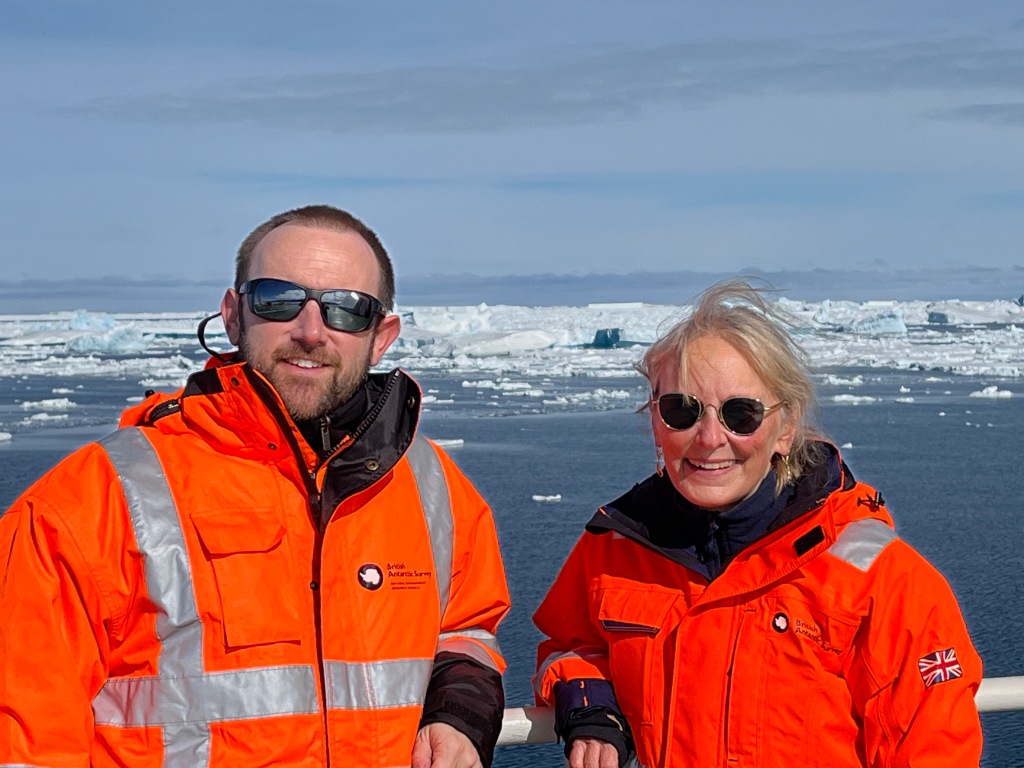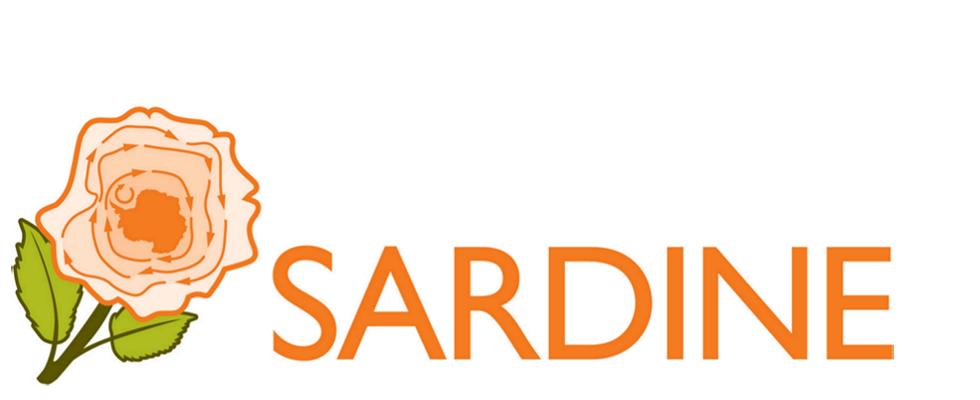By Karen Heywood (UEA) and Tom Bell (PML)
So, this is the moment we’ve waited 7 years for – we are about to start the PICCOLO science campaign. 32 PICCOLO scientists have been on the ship for 10 days, but now we start in earnest. Since leaving Punta Arenas, we’ve refuelled the ship in the Falklands, crossed Drake Passage, tested all of the instruments that the ship will be deploying for us, and dropped 12 people and huge amounts of cargo on the islands.
We wouldn’t want to give the impression that the PICCOLO scientists been sitting about for the week doing nothing though! The ship has been a hive of activity, with the team setting up instruments to measure everything you can think of in seawater, from how much chlorophyll there is in the water, to how cold and salty it is. We’ve had some practice sessions with each instrument and how the ship puts them into the water. We’ve been sorting out computer programmes to read and analyse the data. People are continuously problem solving, fixing faulty equipment, and often thinking of new ideas to test too. The few days of logistics taking the people to the islands has given an opportunity to get more equipment out of containers and set it up. It’s been busy!

So, what are we here to do for the next month? PICCOLO is all about understanding carbon. Carbon is the building block of life – plants, animals – even humans. It’s called the carbon cycle.
Ancient plants form the oil and gas humans burn as fuel, which releases carbon into the atmosphere. This has changed the natural carbon cycle, and we are well-aware that increased carbon dioxide in the atmosphere is causing Earth’s climate to change. But there are still gaps in our understanding about how carbon dioxide gets taken up by the ocean, and exactly what happens to it when it does.
Carbon that is removed into the deep ocean is not released back into the atmosphere for hundreds of years and this process is important for our climate. It’s the plants and animals in the surface ocean that transform that carbon. We’ve come to the Antarctic because it is here where the water fills up with carbon, gets really cold, and sinks into the deep.

PICCOLO is trying to understand and measure all of the processes, so that we can feed what we learn into improving our models of the climate. These models are used to say what future climate is likely to be like, so we can plan for things like sea-level rise, stronger storms, or more severe droughts. We’re excited to begin, and really hopeful that the data we collect will make a difference!

 RoSES
RoSES






